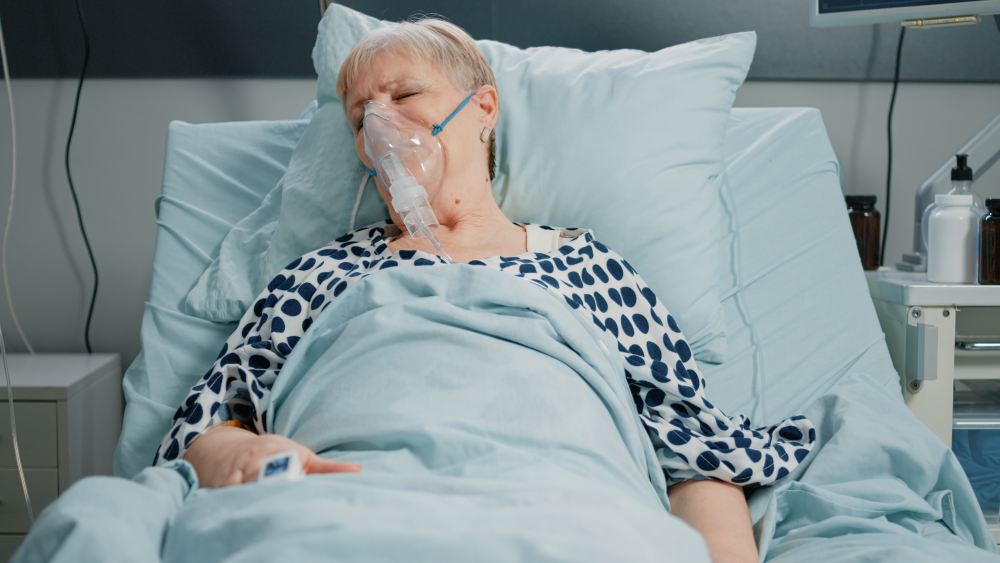The use of oxygen in medicine refers to the process of providing additional oxygen to patients who have a reduced amount of oxygen in their blood or have difficulty breathing. This is a common practice in medicine and can be applied in different ways depending on the needs of the patient and their condition. Here are some common methods of oxygen administration:
- Nasal catheter: Oxygen is delivered through small catheters or tubes placed in the patient’s nostrils. This method is often used for patients with mild to moderate breathing problems.
- Oxygen mask: Masks are used to deliver oxygen directly through the patient’s mouth and nose. There are different types of masks, including reservoir masks for patients with higher oxygen needs.
- High-flow oxygen: This method uses high flows of oxygen, usually with special devices such as high-flow nasal cannulas. It is used for patients with high oxygen needs.
- Ventilation: In more severe cases, patients may receive mechanical ventilation, where oxygen is delivered mechanically through intubation or tracheotomy.
- Hyperbaric oxygen therapy: This therapy is used in hyperbaric chambers where the patient breathes pure oxygen under increased pressure. It is used to treat a variety of medical conditions, including problems related to diving and gangrene.
The correct choice and method of administering oxygen depends on the patient’s diagnosis, the severity of the condition and the level of oxygen saturation in the blood. The decision to administer oxygen is made by a medical professional based on the patient’s assessment.
The concentration of oxygen in the air is 21%, and by applying medical oxygen at a certain flow rate, we can raise that concentration to 100%. The concentration of oxygen, as well as the flow and method of administration, are determined based on the oxygen saturation of the arterial blood as measured by a pulse oximeter, with target values of 94-98% for most patients, 88-92% for conditions prone to hypercapnia (e.g. COPD ), and in acute myocardial infarction with ST-segment elevation, the use of oxygen is considered only if the saturation falls below 90%. However, in emergency situations with reduced oxygen saturation, it is possible to start with higher oxygen concentrations (typically 15 L/min via a reservoir mask and one-way valve) and the flow can then be adjusted based on blood oxygen saturation findings during reassessment.
Conditions in which we must use a maximum oxygen flow of 15 liters/minute and the highest concentration are cardiac arrest (resuscitation), shock of any kind, severe trauma, severe traumatic head injury with altered consciousness, carbon monoxide and cyanide poisoning, drowning, hypothermia, massive bleeding from the lungs, status epilepticus, cluster headaches and pneumothorax.



0 Comments